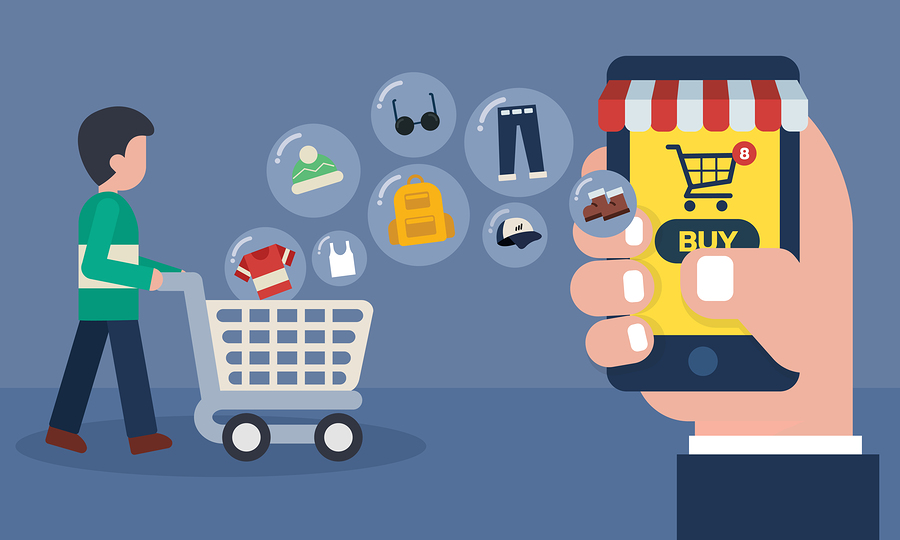Most customers have way too much going on, from work obligations to personal errands, to spend hours shopping online. A little glitch on a website is enough for a consumer to abandon a shopping cart full of carefully-picked products. According to research by FullStop, about 75% of all online shoppers end up abandoning their shopping carts and over 50% of all abandonments occur over the mobile phone. When it comes to bookings, SaleCycle’s survey points out that 39% of shoppers left because they wanted to do more research.

Online retailers understand that the cause for shopping cart abandonment can be anything from a slow website, frequent website crashes to a complex check-out process. What needs a closer look is how e-commerce websites can prevent future abandonments on their respective websites. How do you make sure customers return to your website and shop without abandoning their carts? Some of the more effective methods for reversing the shopping cart abandonment rates are as follows:
Initiating Personalization: Live Chat Softwares
By integrating real-time communication tools and software such as live chat services, a retail brand’s website can offer the ‘personal touch’ to its loyal customers. This is where the personalization aspect of customer service comes in. Services such as live chat solutions are helpful in making people stay on the website since they can ask for help. Adding live chat on a website assists with both customer retention rates as well as lead generation. As MarTech’s infographic shows, nearly 51% of online customers are likely to purchase from a website with live chat, and half of these customers are willing to return to a site that offers live chat.
All that is required is a regularly-scheduled analysis of peak traffic hours on the e-tailer’s website to gauge when and how long the chat services are required. Chats received and total billable chats should also be paid attention to, as these can predict when your business’s hours are most productive, and where you should deploy your resources. Other activities such as email-based newsletter campaigns can be bundled with these personalised services so the maximum impact is achieved.
Personalized Follow-up Emails
Another strategy that helps recover abandoned shopping carts are personalized follow-up emails. This shows the customer you value their presence on the website and would want them to return. It also indicates your customer service team readiness to assist them throughout the buying process.
Shopping cart abandonment statistics are integral to e-commerce websites. They indicate whether users are going through negative or positive experiences, and where improvements can be made.
- Behavior-triggered emails, such as those reminding customers where they left off and what they left in the basket, allow marketing departments to use the data in the most effective way possible.
- Make sure that the emails are sent with adequate time intervals between them so the customers’ inboxes are not bombarded.
- Segment the business’s email audience demographically. It is a known fact that people belonging to different age groups, income brackets and even genders will react differently to follow-up emails. Digital marketers recommend targeting them with alternative types of content for each ‘segment’.
Discounts, Freebies & Vouchers
Along with live chat integration on your website, emails with discount vouchers or freebies can be sent to those who have abandoned their shopping carts. This is an effective way to entice them to buy only from your site and not the competitors! In a way, you are fusing two methods into one, and getting the best outcomes from both. Abandoned cart emails that contain discount vouchers inside resulted in an average click-through rate of approximately 11%. That is helpful when it comes to generating more traffic, and the visitors end up actually buying from the website. Before you tack on these discount codes, however, make sure you’ve calculated exactly how much and what kind of discount to offer to each type of customer. This is why it is important to categorize your follow-up emails demographically, as mentioned earlier on.
For example, if a product is already low-priced, it wouldn’t make sense to offer discount on that. Instead, focus on providing discounts on higher-priced items. Even 10% and 20% discounts will significantly influence profits, so calculate exactly how much the discounts will cost the company beforehand. Sometimes, instead of giving discounts, e-tailers offer small free items along with the customer’s regular order. You can either reveal the freebie item at the checkout page,or surprise customers when their package finally arrives.
If the abandonment rates remain high, even after implementing the strategies outlined earlier, your website may have been targeted by cunning shoppers. Some unscrupulous consumers purposefully abandon online shopping carts to avail hefty discounts and freebies from the follow-up emails.